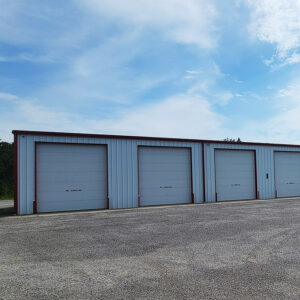 Floyd/Romance Fire Department
Floyd/Romance Fire Department
Entry Category: Counties, Cities, and Towns
 Floyd/Romance Fire Department
Floyd/Romance Fire Department
Fordyce (Dallas County)
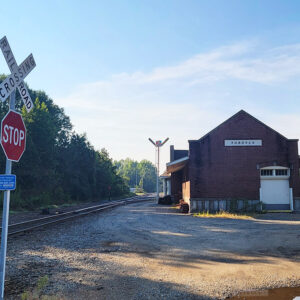 Fordyce Depot
Fordyce Depot
 Fordyce Mural
Fordyce Mural
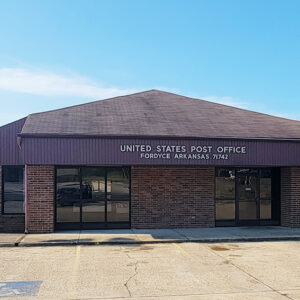 Fordyce Post Office
Fordyce Post Office
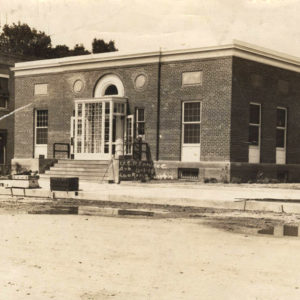 Fordyce Post Office
Fordyce Post Office
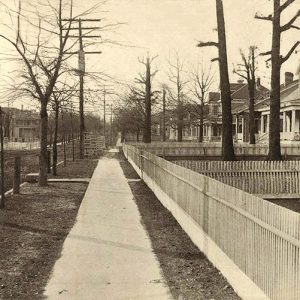 Fordyce Street Scene
Fordyce Street Scene
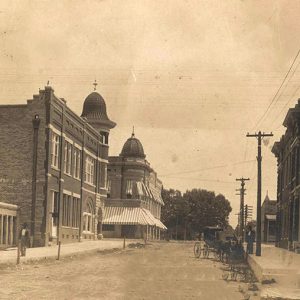 Fordyce Street Scene
Fordyce Street Scene
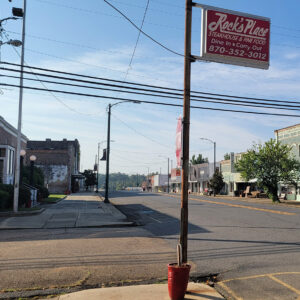 Fordyce Street Scene
Fordyce Street Scene
 Fordyce Street Scene
Fordyce Street Scene
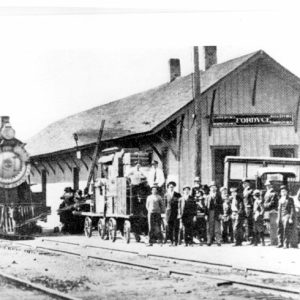 Fordyce Train Depot
Fordyce Train Depot
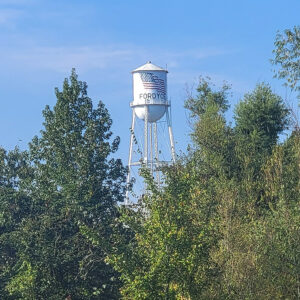 Fordyce Water Tower
Fordyce Water Tower
Foreman (Little River County)
aka: New Rocky Comfort (Little River County)
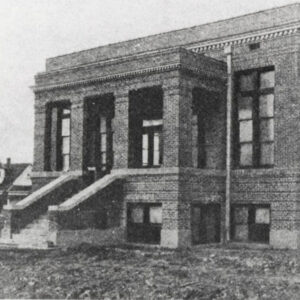 Foreman Church
Foreman Church
 Foreman Street Scene
Foreman Street Scene
Forester (Scott County)
Forrest City (St. Francis County)
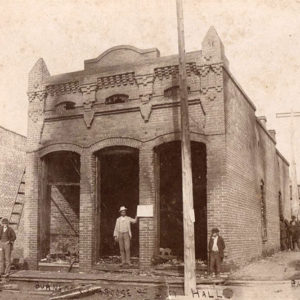 Forrest City Fire Damage
Forrest City Fire Damage
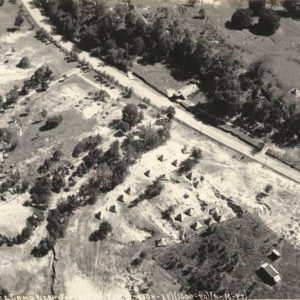 Forrest City Refugees
Forrest City Refugees
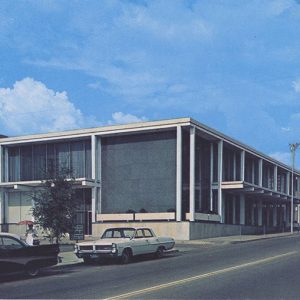 Forrest City Street Scene
Forrest City Street Scene
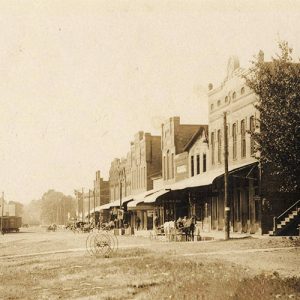 Forrest City Street Scene
Forrest City Street Scene
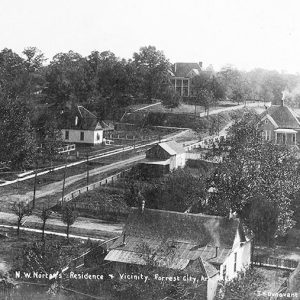 Forrest City View
Forrest City View
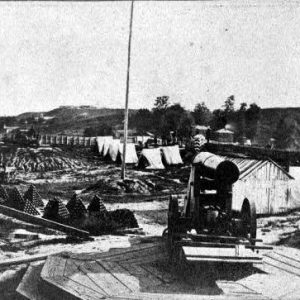 Fort Curtis
Fort Curtis
Fort Smith (Sebastian County)
 Fort Smith Courthouses, 1896
Fort Smith Courthouses, 1896
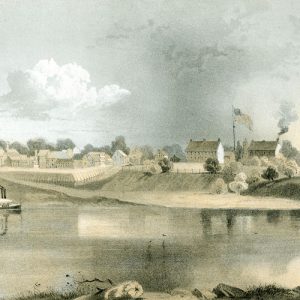 Fort Smith Drawing
Fort Smith Drawing
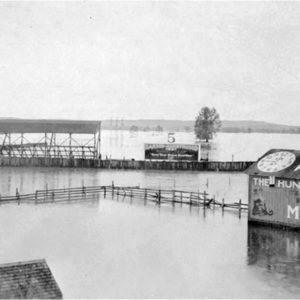 Fort Smith Flood
Fort Smith Flood
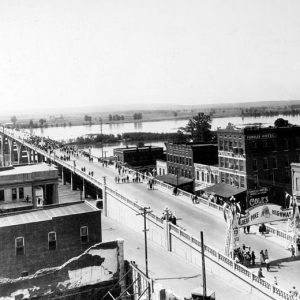 Fort Smith Free Bridge
Fort Smith Free Bridge
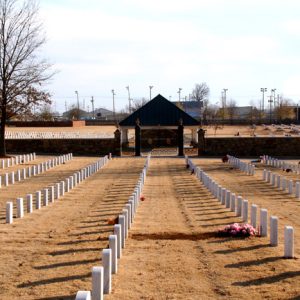 Fort Smith National Cemetery
Fort Smith National Cemetery
 Fort Smith National Cemetery
Fort Smith National Cemetery
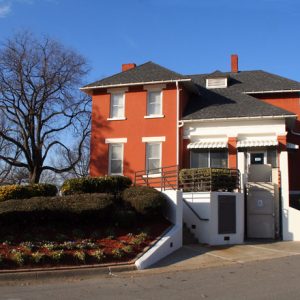 Fort Smith National Cemetery
Fort Smith National Cemetery
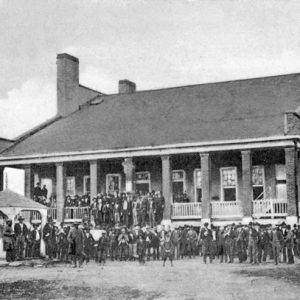 Fort Smith Jail
Fort Smith Jail
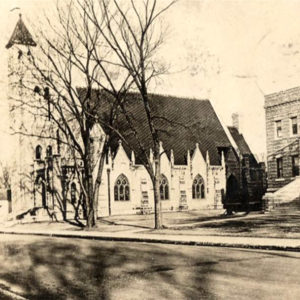 Fort Smith Presbyterian Church
Fort Smith Presbyterian Church
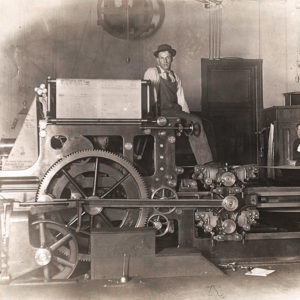 Fort Smith Times Record
Fort Smith Times Record
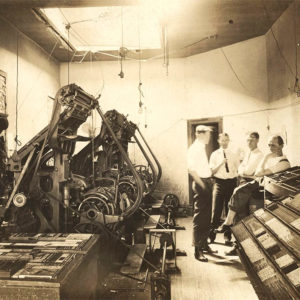 Fort Smith Times Record
Fort Smith Times Record
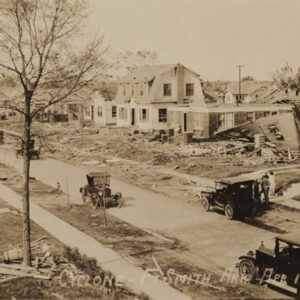 Fort Smith Tornado
Fort Smith Tornado
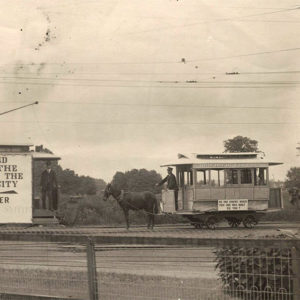 Fort Smith Trolleys
Fort Smith Trolleys
 Fort Smith Vietnamese Restaurant
Fort Smith Vietnamese Restaurant
Forty-Four (Izard County)
Fouke (Miller County)
Fountain Hill (Ashley County)
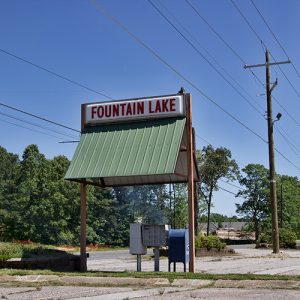 Fountain Lake
Fountain Lake
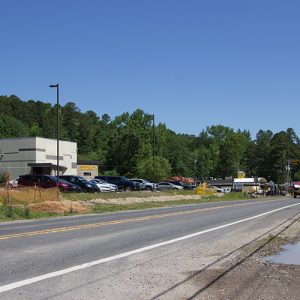 Fountain Lake
Fountain Lake
Fountain Lake (Garland County)
 Fountain Lake Church
Fountain Lake Church
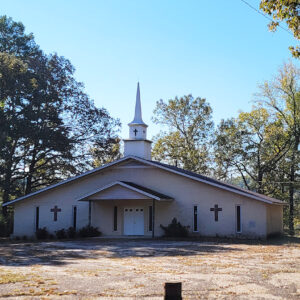 Fountain Lake Church
Fountain Lake Church
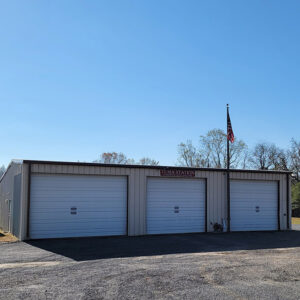 Fountain Lake Fire Department
Fountain Lake Fire Department
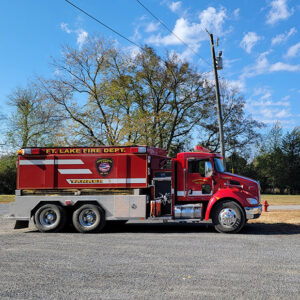 Fountain Lake Fire Truck
Fountain Lake Fire Truck
Fourche (Perry County)
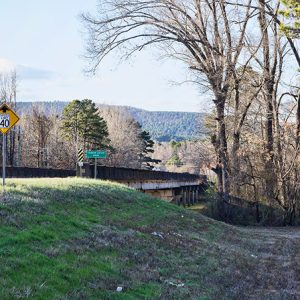 Fourche La Fave Bridge
Fourche La Fave Bridge




